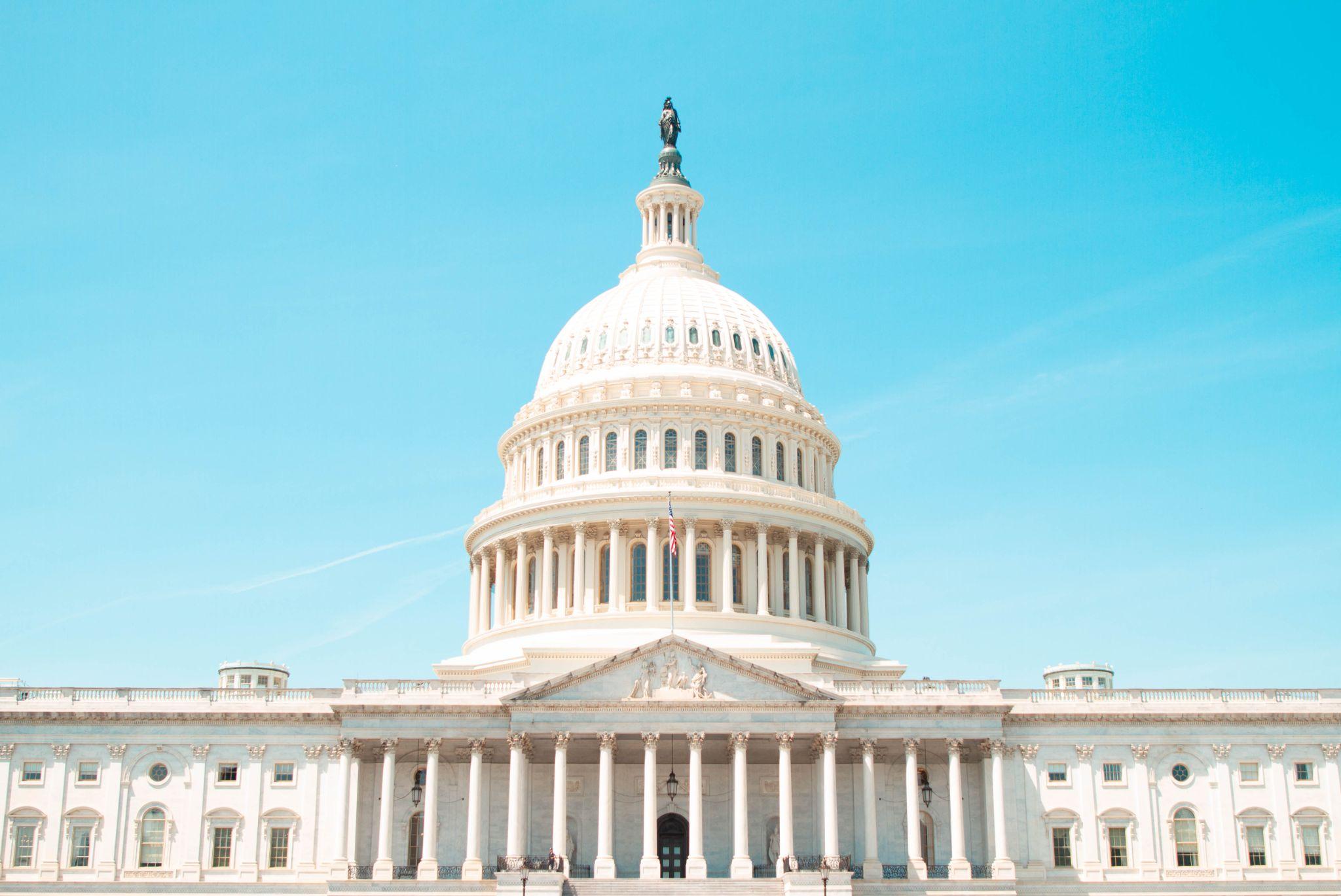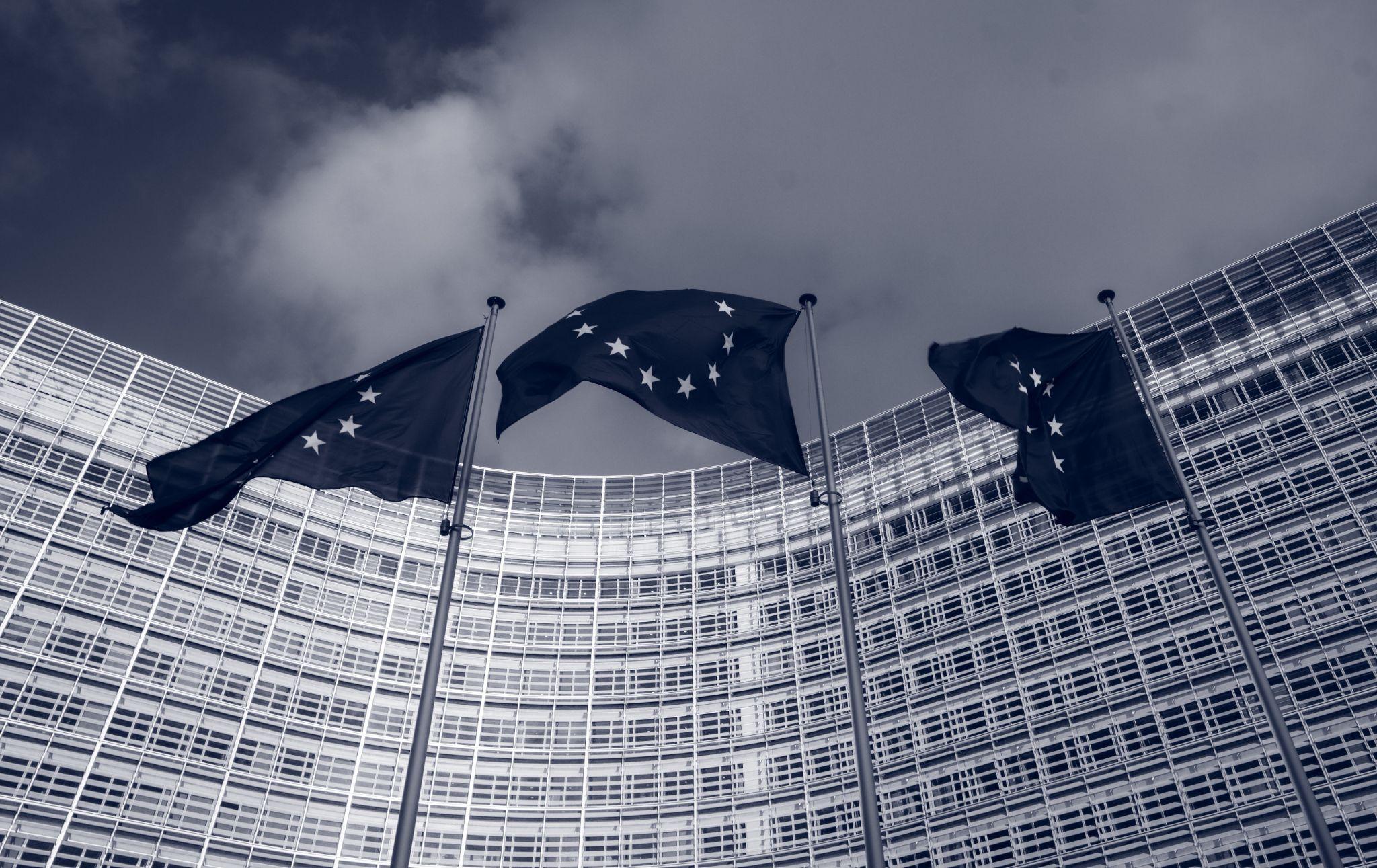In July, central banks were struggling with balancing inflation expectations with pandemic stimulus. Major economies were recovering despite growing concerns over the spread of the Delta variant.
The Dollar staggers but predicted to rise
The dollar closed the first half of the year 2.7% higher. However, the dollar high staggered in July, as the beginning of the month was marked with Fed’s dovish comments on stimulus and interest rates.
Fed Chairman Jerome Powell stated that “substantial further progress” to economic recovery has not yet been met. The FOMC minutes at the beginning of July noted that the officials “agreed to continue assessing the economy’s progress toward the Committee’s goals and to begin to discuss their plans for adjusting the path and composition of asset purchases.”

© Caleb Perez on Unsplash
The Fed maintained its dovish stance throughout July. What is more, unemployment ticked higher from 5.8% to 5.9%, causing concerns over the economic recovery. All these factors compounded in helping push down the dollar relative to major currencies, but what might have looked like a fading bullish momentum, should be interpreted as a dip, since the Dollar is predicted to continue rising until the mid-fall.
Traders saw relatively muted action on the DXY index, stock indices, and Treasuries in response to the FOMC minutes. Crude oil was under pressure, dropping as much as 5.9% at its weekly low.
The drop in prices, especially energy prices, helped the Fed prolong its accommodative monetary policy. The Fed kept its asset purchases at $120 billion per month.
ECB’s cautiously removes inflation breaks
The European Central Bank (ECB) opted for a slightly higher inflation target in June but stopped short of the Fed’s easy-money stance. The ECB has decided to target 2% inflation in the medium term and has opted to remove the 2% inflation ceiling from its inflation target. ECB officials explained that the central bank would allow inflation to “temporarily” and “moderately” overshoot 2%.

© Christian Lue on Unsplash
The move was a compromise between northern countries like Germany, which tends to worry about inflation, and Southern Europe, more keen on monetary stimulus. Market makers expressed skepticism about whether the move would lead to real change in monetary policy.
The ECB’s cautious stance was made evident when President Christine Lagarde was asked whether the ECB would adopt average inflation targeting used by the Fed, allowing prices to rise to compensate for past weakness. Lagarde answered with a categorical no.
German Economy Ministry stated that the economic recovery remained in full swing. The manufacturing sector remained in expansion. However, the Eurozone Manufacturing purchasing managers index dropped 62.6 in July from 63.4 in June, due in part to supply chain disruptions.
BoE flip-flops on tapering
The Bank of England governor Andrew Bailey signaled a more hawkish stance on inflation. Bailey stated that the BoE was prepared to respond with the tools of monetary policy if they find signs of more persistent inflation pressure. The pound strengthened against the dollar.
In mid-July, an unexpected surge in U.K. inflation and a record hiring spree convinced investors that the BoE officials are starting to think about tapering. The CPI shot up 2.5%, past 2.2% expectations, prompting the BoE Deputy Governor Dave Ramsden to say that the BoE might think about reversing stimulus sooner than expected.

© Kai Pilger on Unsplash
Their plans were foiled by the spread of the Delta variant and a surge in coronavirus cases. Hospitalizations and deaths were on the rise, prompting concerns of an economic slump due to renewed quarantine.
Near the end of the month, the pound plunged against the dollar as BoE confounded expectations of tapering to support the pandemic-struck economy. BoE officials announced they will keep rates at 0.1% and insisted that inflation was “transitory.” The sterling regained ground as reports showed that coronavirus cases had dropped.
CAD down, despite BoC tapering
Canada showed strong job growth in June, 230.700 compared to negative 68.000 in May. The numbers outperformed expectations of 195.000. The unemployment rate dropped to 7.8 from 8.2 in May, narrowly missing estimates.

© Daniel Hansen on Unsplash
The Bank of Canada (BoC) kept its policy rate at 0.25% while reducing weekly net asset purchases of Canada’s government bonds to C$2 billion from C$3 billion. The CAD dropped nonetheless, partially due to BoC’s cautious tone in its policy statement.
Retail sales rose by 4.4% in June, as the economy started recovering from the third major coronavirus shutdown. Retail sales fell 2.1% in May and 5.6% in April.
The CPI inflation in Canada started cooling down but was still below 3% in June. The annual inflation rate declined to 3.1%, compared to 3.6% in the previous month.
Japan promises more easing amids Delta variant surge
The Federal Reserve’s public dovish stance on inflation influenced the Bank of Japan (BoJ) to ease even further as the country was struggling with the pandemic. The BOJ is heavily influenced by how the Fed affects global interest rates.
The BoJ Governor Haruhiko Kuroda said that the bank “won’t hesitate to take additional easing steps with an eye on the impact of the pandemic.”
However, the BoJ kept its monetary policy unchanged. As a result, JPY’s exchange rate to the USD was little changed, remaining at 110.00.

© Svetlana Gumerova on Unsplash
The Japanese government revised its growth expectations upward on solid exports, consumer spending and rising vaccination rates. The government expects the economy to reach pre-pandemic levels by the end of 2021.
Rising coronavirus cases forced Japan to maintain a quasi-state of emergency weeks before the Tokyo Olympic Games on July 23. The Japanese Prime Minister Yoshihide Suga warned that the virus is spreading at an unprecedented level, due to the Olympics and the Delta variant.
Wrap Up
The Fed’s dovish stance helped boost the global economy despite a more cautious tone by other major central banks, while slightly staggering the USD, but with the Dollar predicted to continue its rally well into mid-fall, July’s stagger seems more like a dip. The Eurozone is on a path to recovery, which might help boost the Euro. Slowing inflation in Canada might boost CAD relative to USD. The Delta variant is still a major concern for the UK and Japan.




